Home>Garden Essentials>When To Plant Strawflower Seeds
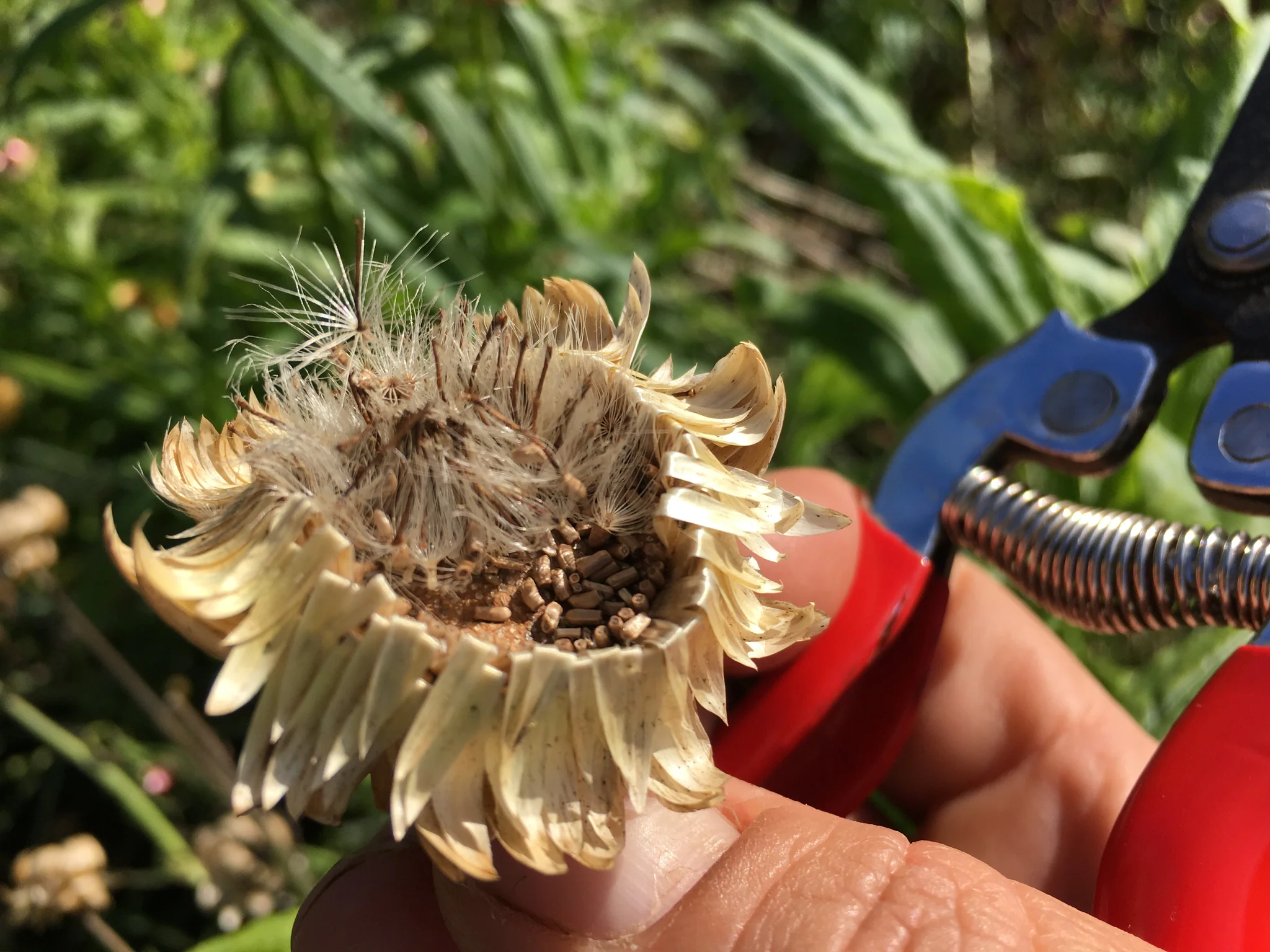

Garden Essentials
When To Plant Strawflower Seeds
Modified: March 15, 2024
Discover the perfect time to plant strawflower seeds in your garden. Get expert tips and advice for a successful gardening experience.
(Many of the links in this article redirect to a specific reviewed product. Your purchase of these products through affiliate links helps to generate commission for Storables.com, at no extra cost. Learn more)
Introduction
Welcome to the wonderful world of strawflowers! These vibrant and long-lasting blooms are a favorite among gardeners, adding bursts of color and texture to any garden or floral arrangement. Whether you are a seasoned gardener or a novice with a green thumb, learning when to plant strawflower seeds is key to ensuring a successful and bountiful display.
Strawflowers, also known by their scientific name Helichrysum bracteatum, are members of the Asteraceae family. These annual flowers are native to Australia and come in a variety of colors, including yellow, orange, pink, red, and white. What makes strawflowers unique is their papery bracts, which give them their name. These bracts retain their color and shape even after the flower has dried, making them a popular choice for crafts, dried floral arrangements, and wreaths.
Before you dive into planting strawflower seeds, it is essential to understand the ideal growing conditions for these beauties. Strawflowers thrive in full sun and well-draining soil. They are relatively low-maintenance and can tolerate dry conditions, making them a fantastic choice for gardeners in arid regions.
In this article, we will walk you through the optimal timing for planting strawflower seeds, as well as the steps you need to follow to ensure successful germination and growth. We will also discuss how to care for your strawflowers, common problems that you might encounter, and how to harvest and use these stunning blooms.
So sit back, grab a cup of tea, and let’s dive into the world of strawflowers. We guarantee that by the end, you’ll be excited to plant your own seeds and enjoy the beauty they bring to your garden.
Key Takeaways:
- Strawflowers thrive in full sun, well-draining soil, and warm temperatures. Plant seeds after frost, water weekly, and enjoy vibrant blooms from late spring to fall.
- Harvest strawflowers when fully bloomed, and dry them for long-lasting crafts. With proper care and attention, these hardy flowers bring joy and creativity to any garden.
Read more: When To Plant Gaillardia Seeds
Understanding Strawflowers
Before we delve into the details of planting and caring for strawflowers, it’s important to have a firm understanding of these unique blooms. Strawflowers, scientifically known as Helichrysum bracteatum, are native to Australia and belong to the Asteraceae family. They are annual flowers, meaning they complete their life cycle within a year.
One of the notable characteristics of strawflowers is their papery bracts, which give the flowers their distinct appearance. These bracts protect the central disc florets and retain their color even after the flower has dried, making them suitable for various crafts and dried floral arrangements.
Strawflowers come in a wide range of colors, including vibrant shades of yellow, orange, pink, red, and white. Their petals form a distinctive daisy-like shape, and the blooms can vary in size from small to large, depending on the variety.
These versatile flowers are not only visually appealing but also have ecological benefits. They attract pollinators like bees and butterflies, contributing to the overall biodiversity of your garden. Additionally, strawflowers are known for their drought tolerance and can withstand hot and dry conditions, making them an excellent choice for arid regions.
One of the advantages of cultivating strawflowers is their long-lasting nature. Once they bloom, the flowers can retain their shape and color for a significant period, especially when used in dried flower arrangements. This longevity allows you to enjoy their beauty both indoors and outdoors.
Whether you choose to grow strawflowers in your garden or use them for crafts, understanding their unique characteristics and benefits will enhance your appreciation for these delightful blooms.
Ideal Growing Conditions
Creating the perfect environment for your strawflowers to thrive is essential for a successful and vibrant display of blooms. Understanding their ideal growing conditions will help you provide the necessary care and create an optimal environment for these magnificent flowers.
Sunlight: Strawflowers are sun-loving plants and require full sun to thrive. Ensure that your chosen planting location receives at least six to eight hours of direct sunlight every day. Without adequate sunlight, the plants may become leggy and produce fewer flowers.
Soil: Well-draining soil is crucial for strawflowers to prevent waterlogged conditions that can lead to root rot. Ideally, the soil should be sandy or loamy, with a pH level between 6.0 and 7.5. If your soil is heavy or clay-like, you can improve drainage by adding organic matter, such as compost or well-rotted manure, to the soil.
Watering: While strawflowers are drought-tolerant and can withstand dry conditions, they still require regular watering. Water the plants deeply once a week, providing enough moisture to reach the root zone. Avoid overwatering, as it can lead to fungal diseases and root problems. Mulching around the plants can help retain moisture in the soil and reduce weed growth.
Temperature and Climate: Strawflowers are warm-season plants that thrive in temperatures between 65°F and 75°F (18°C to 24°C). They are not frost-tolerant, so it’s important to wait until the danger of frost has passed before planting your seeds or seedlings. If you live in a region with a short growing season, you can start the seeds indoors and transplant them outside after all frost risk has subsided.
Spacing: Proper spacing is crucial to allow air circulation between the plants and prevent the spread of diseases. Space your strawflowers approximately 12 to 18 inches (30 to 45 cm) apart, depending on the variety’s mature size. This will ensure that each plant has enough room to grow and receive adequate sunlight and nutrients.
Fertilizer: Strawflowers are relatively low-maintenance plants and do not require heavy fertilization. Before planting, you can incorporate a balanced, slow-release fertilizer into the soil to provide essential nutrients. Avoid over-fertilizing, as this can result in excessive foliage growth and reduced flower production.
By providing the ideal growing conditions of full sunlight, well-draining soil, proper watering, suitable temperature, adequate spacing, and balanced fertilization, you will set the stage for healthy and thriving strawflowers in your garden.
Timing for Planting Strawflower Seeds
The timing of when to plant strawflower seeds is crucial for successful germination and growth. These warm-season annuals require specific conditions to thrive, so it’s important to plan your planting schedule accordingly.
The ideal time to plant strawflower seeds is after the danger of frost has passed and the soil has warmed up. Depending on your location, this is typically in the late spring or early summer. Check your local frost dates to determine the best time for planting in your region.
If you live in an area with a short growing season or cooler climate, you can start the strawflower seeds indoors 6 to 8 weeks before the last frost date. Sow the seeds in seed trays or small pots filled with a well-draining potting mix. Keep the soil consistently moist and place the containers in a warm location or use a heat mat to encourage germination.
Once the seedlings have developed a few sets of true leaves and the frost risk has passed, they can be transplanted into the garden. Harden off the seedlings by gradually exposing them to outdoor conditions over the course of a week. This will acclimate them to temperature and sunlight fluctuations.
When planting the strawflower seedlings or direct-sowing seeds into the garden, prepare the soil by loosening it and removing any weeds or debris. Create small holes or furrows in the soil, spaced according to the recommended plant spacing for your specific variety.
Place the seedlings or seeds in the prepared holes and gently cover them with soil, ensuring they are at the same level as they were in their containers. Water the newly planted strawflowers thoroughly to settle the soil and promote root establishment.
Strawflowers typically germinate within 7 to 21 days, depending on the temperature and moisture levels. Be patient and provide consistent care during this early stage of growth.
By planting your strawflower seeds at the appropriate time and ensuring proper care, you will give them the best chance to establish strong roots, grow vigorously, and provide you with a stunning display of colorful blooms throughout the summer and into the fall.
Steps for Planting Strawflower Seeds
Planting strawflower seeds is a straightforward process that can be completed by following a few simple steps. Whether you are starting the seeds indoors or directly sowing them in the garden, these guidelines will help ensure successful germination and growth.
1. Select high-quality seeds: Choose reputable seed suppliers to obtain fresh and viable strawflower seeds. Look for varieties that suit your preferences in terms of color, size, and bloom time.
2. Prepare the soil: Clear the planting area of weeds, rocks, and debris. Loosen the soil using a garden fork or tiller, and remove any large clumps. Rake the soil to create a smooth and level surface.
3. Indoor sowing: If starting seeds indoors, fill seed trays or small pots with a well-draining seed starting mix. Moisten the soil lightly before sowing the seeds. Place one seed per cell or pot, and cover it with a thin layer of soil. Mist the surface with water to ensure good seed-to-soil contact.
4. Direct sowing: If sowing directly in the garden, create small holes or furrows in the soil, spaced according to the recommended plant spacing for your specific variety.
5. Planting depth: Sow the strawflower seeds at a depth of about ¼ inch (6 mm). Avoid burying them too deeply, as it may hinder germination. Space the seeds according to the recommended spacing for optimal air circulation and growth.
6. Watering: After planting, water the seeds or seedlings thoroughly to settle the soil. Keep the soil consistently moist but not waterlogged. Be cautious not to overwater, as excessive moisture can rot the seeds or cause damping-off in young seedlings.
7. Sunlight and temperature: Place the seed trays or sowings in a location that receives ample sunlight. If starting indoors, provide warmth through a heat mat or by placing the trays near a sunny window. Maintain a temperature of around 65°F to 75°F (18°C to 24°C) for optimal germination.
8. Germination and care: Strawflower seeds typically germinate within 7 to 21 days, depending on the environmental conditions. Keep the soil moist but not saturated during this time. Once the seedlings emerge, provide them with plenty of light, either by placing them in a sunny location or using grow lights.
9. Transplanting: If you started the seeds indoors, transplant the seedlings into the garden after the last frost date. Harden off the young plants by gradually exposing them to outdoor conditions before planting them in their final location. Space the seedlings according to the recommended spacing for your specific variety.
10. Continued care: Throughout the growing season, continue to water the strawflowers regularly, especially during hot and dry periods. Fertilize the plants with a balanced, slow-release fertilizer or apply a diluted liquid fertilizer every few weeks. Monitor for pests and diseases, and take appropriate measures if necessary.
By following these step-by-step instructions, you will create the perfect conditions for your strawflower seeds to germinate and grow into healthy, blooming plants. Before you know it, your garden will be filled with the vibrant colors and unique beauty of strawflowers.
Plant strawflower seeds in the spring after the last frost date for your area. They prefer warm soil and can be started indoors 6-8 weeks before the last frost.
Read more: When To Plant Bermuda Seeds
Caring for Strawflowers
Once your strawflowers are planted and beginning to grow, it’s important to provide proper care to ensure their health and longevity. Fortunately, caring for strawflowers is relatively straightforward, requiring attention to watering, feeding, pruning, and pest control.
Watering: While strawflowers are relatively drought-tolerant, it’s important to water them consistently, especially during dry periods. Aim to provide about 1 inch of water per week, either through rainfall or supplemental irrigation. Avoid overwatering, as excessive moisture can lead to root rot and other fungal diseases. Water at the base of the plants, directing the water towards the root zone.
Feeding: Strawflowers do not require heavy fertilization, but they will benefit from a light feeding. Apply a balanced, slow-release fertilizer at the beginning of the growing season, following the package instructions for application rates. Alternatively, you can use a diluted liquid fertilizer every few weeks. Avoid excessive nitrogen fertilizers, as they may promote excessive foliage growth at the expense of flower production.
Pruning: Regular pruning promotes bushier growth and encourages the production of more flowers. Pinch or trim back the stems by 1/3 of their length when the plants have reached a height of about 6 inches (15 cm). This will encourage lateral branching and result in more blooms. Remove any spent or faded flowers to keep the plants looking tidy and encourage continuous blooming.
Pest Control: While strawflowers are generally pest-resistant, they may occasionally encounter common garden pests such as aphids, caterpillars, or snails/slugs. Monitor the plants regularly and take appropriate measures if you notice any pest infestations. Use organic or chemical controls according to your gardening preferences. Additionally, maintain good garden hygiene by removing any debris or fallen leaves that could harbor pests or diseases.
Support: In some cases, tall varieties of strawflowers may benefit from staking or support. Place stakes or plant supports near the base of the plants and gently tie the stems to provide support against strong winds or heavy rain. This will prevent the plants from bending or snapping and help maintain an upright appearance.
Protecting from Extreme Temperatures: Strawflowers are highly tolerant of heat but may suffer in extreme heatwaves or prolonged periods of high temperatures. Consider providing some shade during the hottest part of the day or during heatwaves to protect the flowers from scorching. Similarly, if frosts are expected, cover the plants with frost cloth or bring container-grown plants indoors to protect them from freezing temperatures.
Proper care throughout the growing season will help your strawflowers thrive and produce an abundance of colorful blooms. With regular watering, light feeding, occasional pruning, pest control, and protection from extreme conditions, you can enjoy the beauty of these hardy flowers in your garden for an extended period.
Common Problems and Solutions
While strawflowers are generally resilient and easy to care for, they may encounter a few common problems. Being aware of these issues and their respective solutions will help you keep your strawflowers healthy and thriving.
1. Powdery Mildew: Powdery mildew is a fungal disease that manifests as a white, powdery coating on the leaves of the plant. It thrives in humid conditions and can be exacerbated by overcrowding and poor air circulation. To prevent powdery mildew, ensure proper spacing between plants, water at the base, and provide adequate ventilation. If you spot signs of powdery mildew, remove and dispose of affected leaves, and consider applying a fungicidal spray according to the instructions on the label.
2. Aphids: Aphids are small insects that can quickly multiply and cause damage to the leaves and stems of strawflowers. They are easily identifiable by their small size and pear-shaped bodies. To control aphids, you can use insecticidal soap or a strong spray of water to dislodge them from the plants. Alternatively, encourage beneficial insects like ladybugs and lacewings, which feed on aphids, to naturally control their population.
3. Slugs and Snails: Slugs and snails are commonly attracted to the tender leaves of strawflowers. They leave behind characteristic holes and slimy trails. To control these pests, remove any hiding places such as debris and weeds that provide them shelter. You can also set up beer traps or apply organic slug and snail baits around the plants to attract and eliminate them.
4. Botrytis: Botrytis, or gray mold, is a fungal disease that causes brown, decaying spots on the petals of strawflowers. It thrives in cool and moist conditions. To prevent botrytis, avoid overhead watering and ensure good air circulation by spacing the plants adequately. Remove any infected flowers or foliage promptly to prevent the spread of the disease. Applying a fungicidal spray may also help control the problem.
5. Stem Rot: Stem rot is a fungal disease that affects the base of the strawflower plant, leading to wilting, browning, and decay. It is often caused by overwatering or poorly draining soil. To prevent stem rot, ensure the soil is well-draining and avoid overwatering. It can be challenging to treat this disease once it occurs, so prevention is crucial.
6. Deer and Rabbits: Deer and rabbits may find strawflowers to be a tasty treat. To deter these animals, install fences or use repellents that are safe for both the plants and wildlife. Alternatively, consider planting companion plants that are unpalatable to these animals to provide a natural deterrent.
By promptly identifying and addressing these common problems, you can keep your strawflowers healthy and resilient. Regular monitoring, proper care, and preventive measures will ensure that your strawflowers can flourish and provide you with a beautiful and vibrant display of blooms.
Harvesting and Using Strawflowers
Harvesting strawflowers at the right time and knowing how to use them can maximize your enjoyment of these beautiful blooms. Whether you want to create dried floral arrangements, use them fresh in bouquets, or incorporate them into crafts, these tips will guide you through the process.
1. Harvesting Time: Strawflowers are typically ready to harvest when the bracts are fully open and the flowers are in full bloom. When the petals have opened and are showing vibrant colors, it is a sign that they are ready for harvest. Avoid waiting too long, as the flowers may start to fade and lose their vibrancy.
2. Harvesting Technique: To harvest strawflowers, use a pair of sharp garden shears or scissors. Cut the stem at the base, just above a set of leaves or branching point. This will encourage the plant to produce new blooms for continued flowering.
3. Fresh Use: If you want to use the strawflowers fresh in bouquets and floral arrangements, immediately place the cut stems in a bucket of clean water. Remove any leaves that may be submerged under the water to prevent bacterial growth. Change the water every few days to keep it fresh, and the flowers should last up to 7-10 days.
4. Drying Process: Strawflowers are well-known for their ability to retain their shape and color when dried. To dry strawflowers, gather a small bunch of stems together and secure them with a rubber band or string. Hang the bunch upside down in a dark, well-ventilated area, away from direct sunlight. The drying process typically takes about 1-2 weeks, depending on the humidity levels. Once dried, the flowers can be used in crafts, wreaths, or arrangements that will last for months or even years.
5. Crafting with Strawflowers: Dried strawflowers are perfect for various crafts and decorative purposes. They can be used to create wreaths, pressed flower artwork, potpourri, or added to handmade cards and gift tags. Their vibrant colors and papery texture add a unique touch to any project. Get creative and let your imagination guide you in incorporating these dried beauties into your crafts.
6. Saving Seeds: If you want to save seeds for future planting, allow some flowers to fully mature on the plant. As the blooms fade, the center will turn brown, indicating that the seeds are ripening. Once the flower heads have dried completely, gently crush them to release the tiny seeds. Collect and store the seeds in a cool, dry place in labeled envelopes or containers for the next growing season.
Strawflowers are incredibly versatile and offer an array of uses, from fresh arrangements to dried crafts. By harvesting them at the right time and exploring different ways to incorporate them into your projects, you can bring the beauty and charm of strawflowers into your home throughout the year.
Conclusion
Growing and caring for strawflowers can be a rewarding experience. These vibrant and long-lasting blooms add a pop of color and unique texture to any garden or floral arrangement. By understanding their ideal growing conditions, knowing when to plant their seeds, and providing proper care, you can enjoy a bountiful display of these captivating flowers.
From their papery bracts to their wide range of colors, strawflowers are truly a standout in any garden. Their ability to tolerate dry conditions and their low-maintenance nature make them a great choice for both seasoned gardeners and beginners alike. Whether you have a large garden or a small balcony, you can easily cultivate these beautiful flowers and enjoy their benefits.
By following the steps for planting, providing proper care, and addressing any common problems that may arise, you can ensure the health and vitality of your strawflowers. Whether you choose to harvest them fresh for bouquets or dry them for crafts and dried floral arrangements, their unique beauty can bring joy and creativity to your life.
So, venture into the world of strawflowers, explore different varieties and colors, and let your creativity flourish as you discover the many ways to incorporate them into your garden and projects. With their long-lasting blooms and rich colors, strawflowers are sure to impress and delight all who encounter them.
Remember to experiment, have fun, and embrace the unique charm of strawflowers. Happy planting and enjoying the beauty of these remarkable flowers!
Frequently Asked Questions about When To Plant Strawflower Seeds
Was this page helpful?
At Storables.com, we guarantee accurate and reliable information. Our content, validated by Expert Board Contributors, is crafted following stringent Editorial Policies. We're committed to providing you with well-researched, expert-backed insights for all your informational needs.








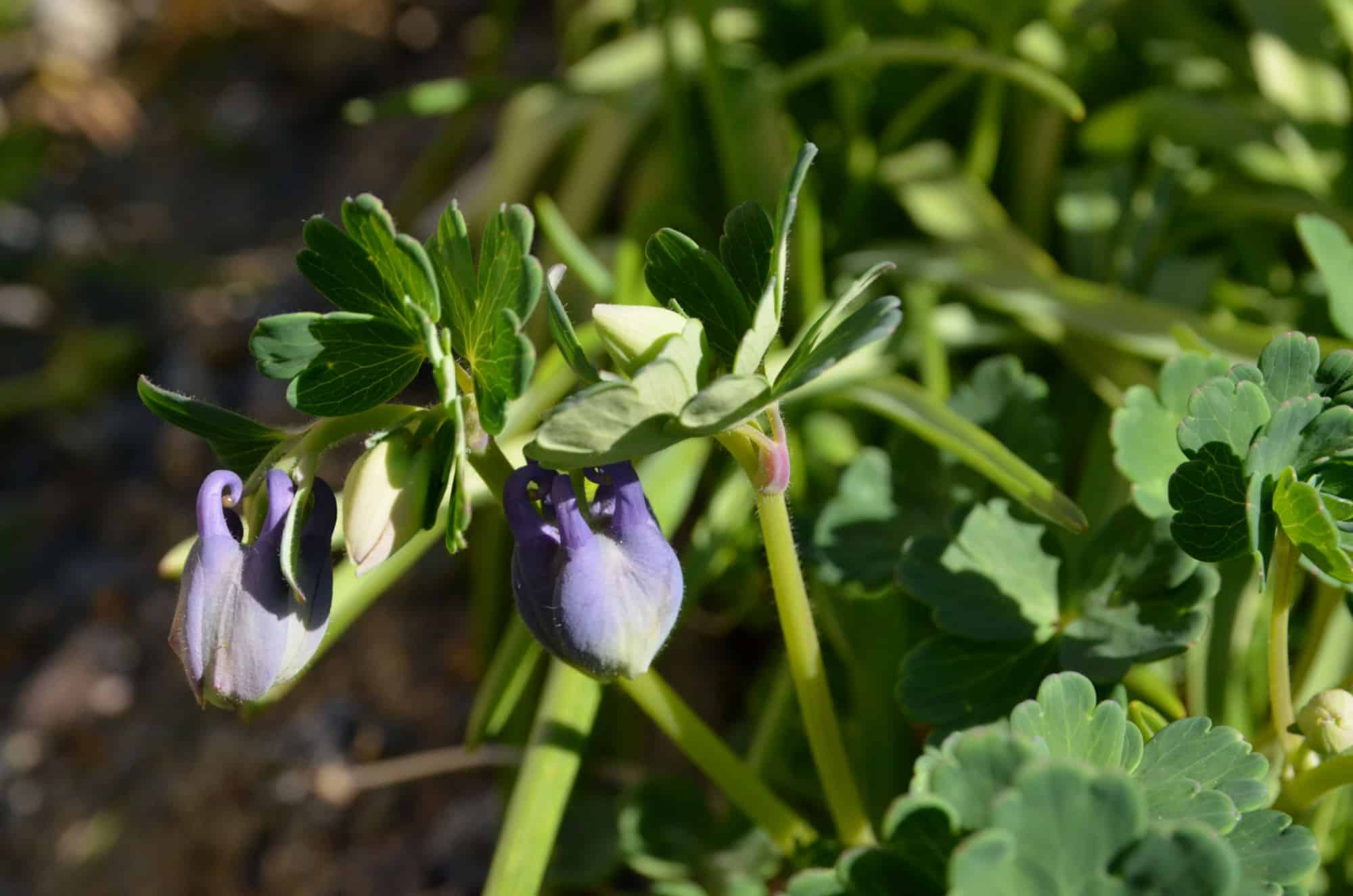
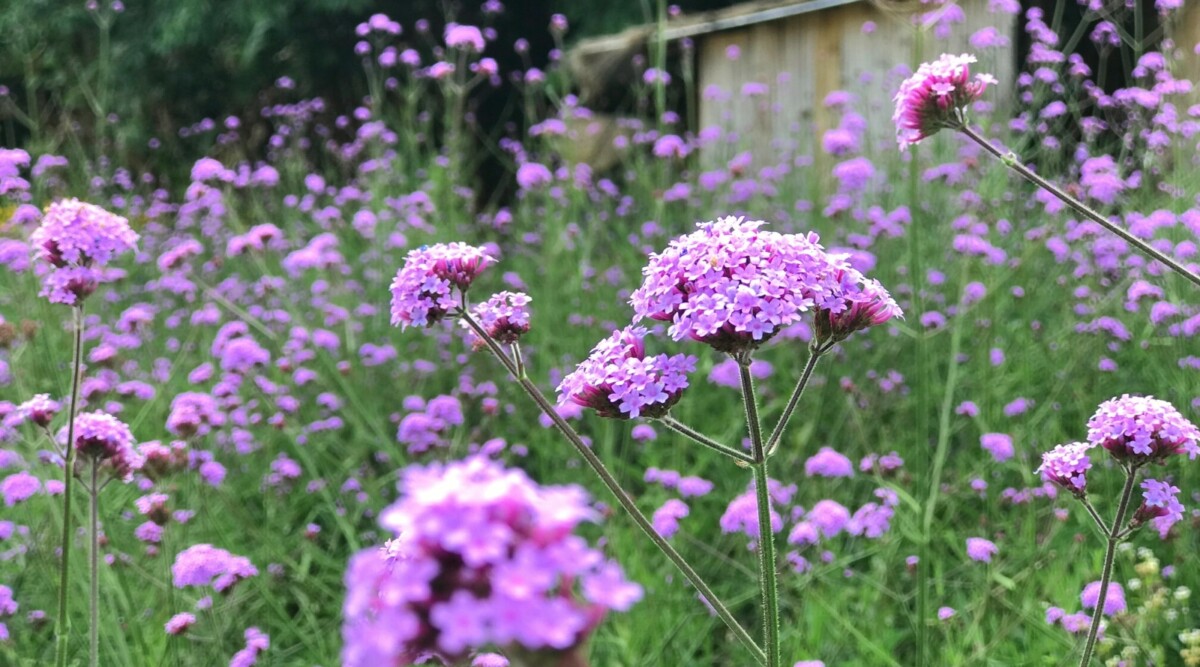
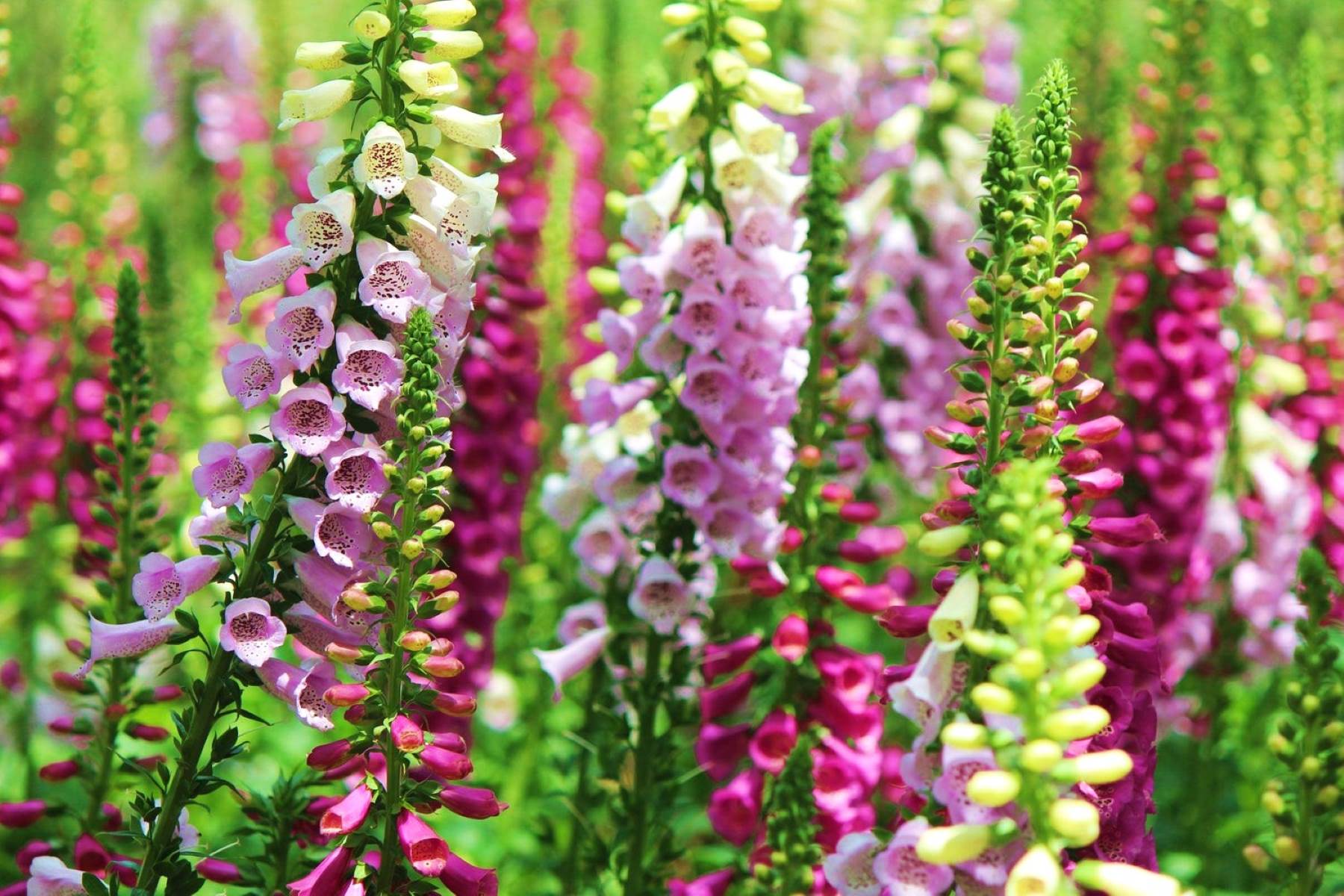
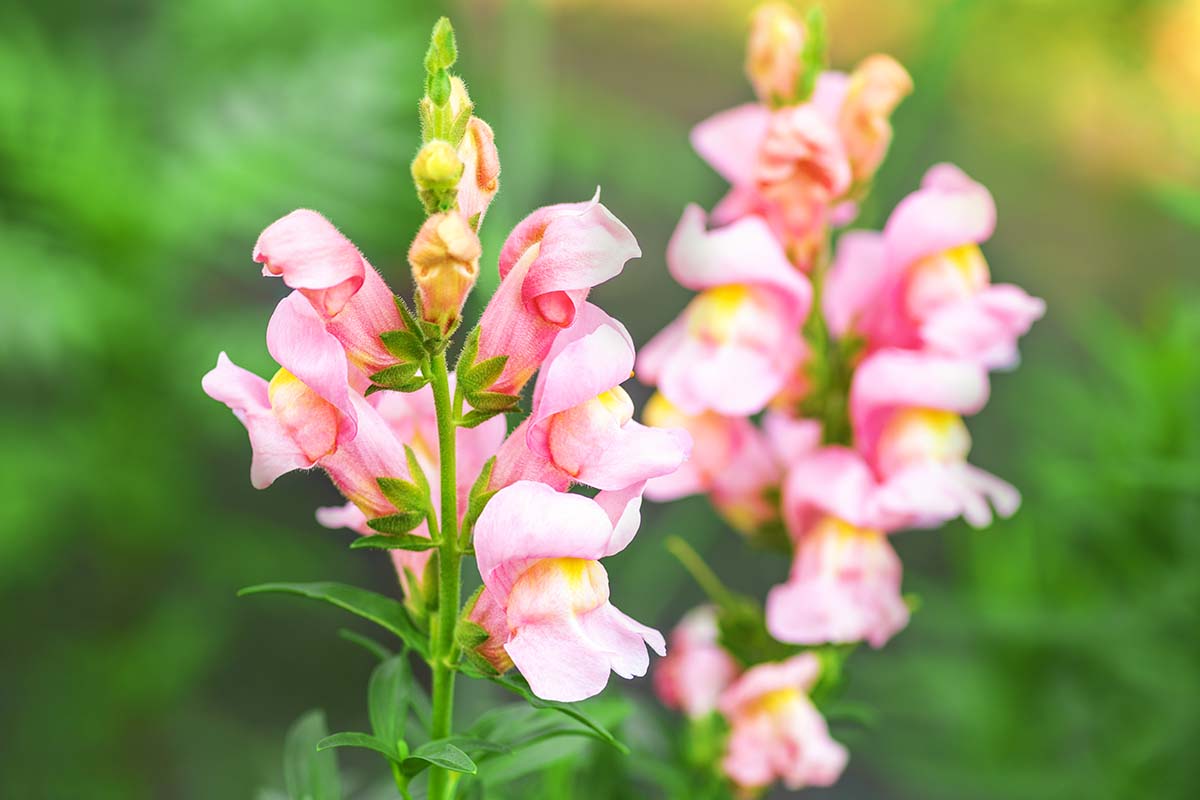
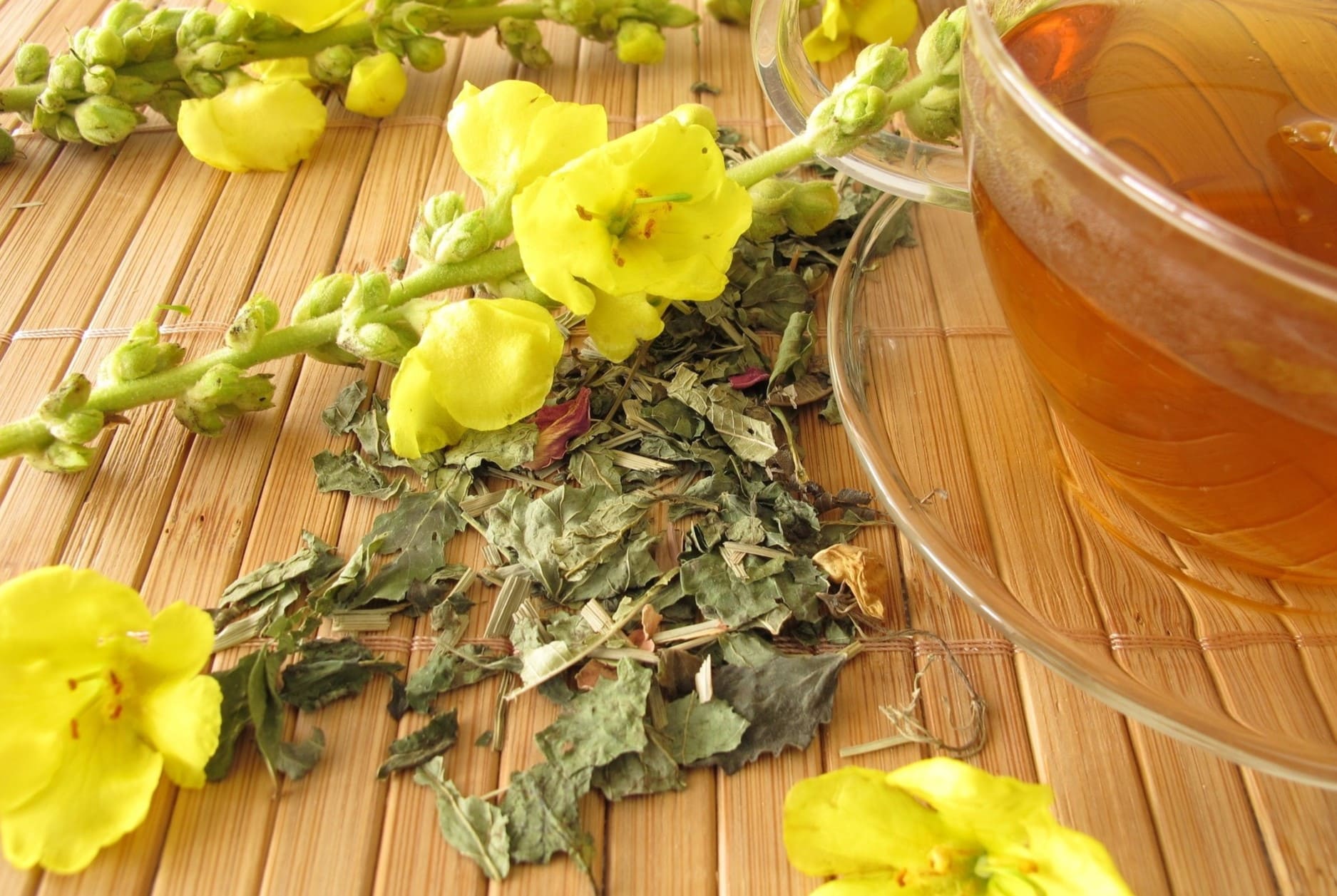
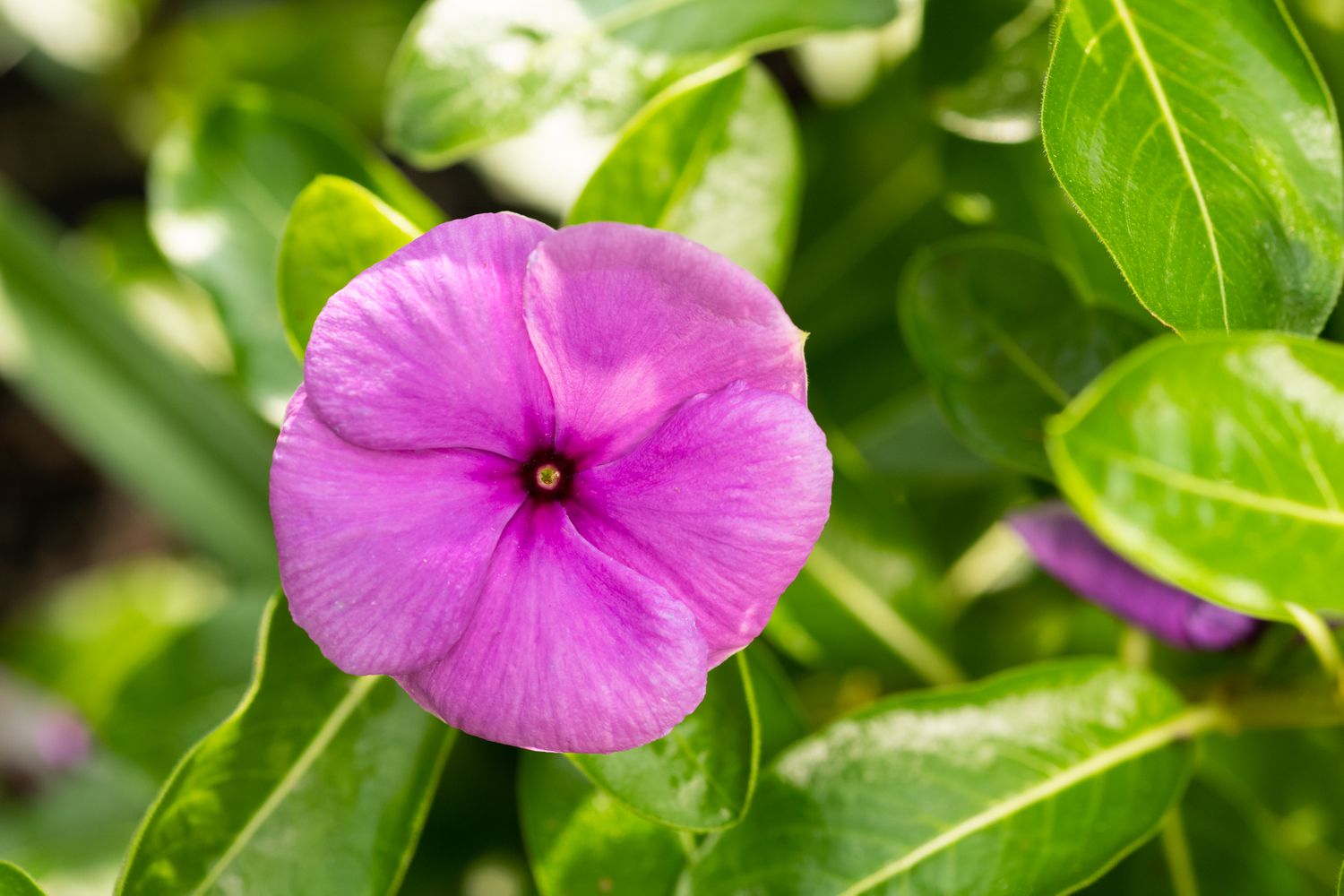

0 thoughts on “When To Plant Strawflower Seeds”